Earth Day is Friday, April 22. That’s on my mind as I write this early in the morning on April 18, the sun casting a gentle glow over the mountains of snow (not real mountains) that still surround us. The forecast is for more snow throughout the week and “mixed precipitation” – whatever that means – on the weekend. So, our Easter family gathering will likely be postponed. Again.
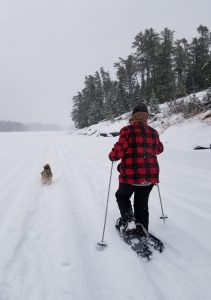
Mother Earth has challenged us this long harsh winter. And my partner and I actually like winter! We’re avid snow shoers, ice fishers and (more my husband than I) snow mobilers and, when we can break through the snow, cross country skiers. We even love to hang out and cook dinner around a winter campfire, hoping that the Northern Lights will grace us with a show, or the wolves might sing for us after supper. Both did occur this winter, so there’s that.
But it’s April and we are feeling the weight of endless snow clearing, cold temperatures and that other thing: Isolation.
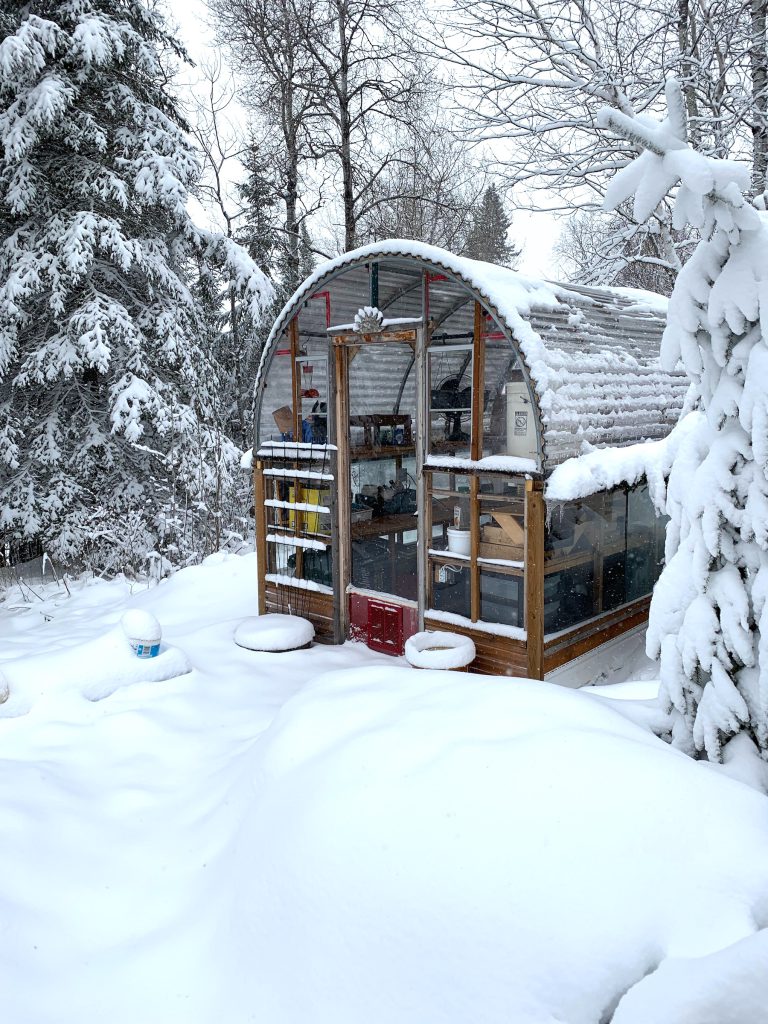
But again, the sun is shining in my window. I’m feeling it’s warmth. In that, there is more hope than there was when I wrote my last post railing about our distrust of spring . It will come despite its testy ways.
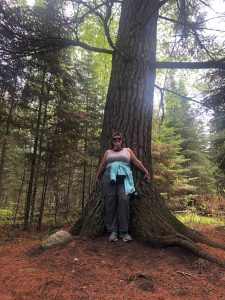
So as Earth day approaches, despite the conditions (or perhaps because of them) I’ve been thinking about how we can turn this around—with an eye for how Mother Earth might help us, while we help her.
If you’re feeling it like we are, maybe there’s a few tips for you too. Also see “Become a pollinator pal” at the end of the post for some great ideas on being greener and pollinator friendly.
- Grow something. Many of you know that I’m an avid gardener. Spending time with seedlings and dirt literally saved my life through Covid. I’m lucky enough to have a greenhouse and it’s a haven where I escape technology and the busy-ness of my brain to focus on nurturing something that’s natural and pure and doesn’t ask anything of me. If a few of my seedlings don’t sprout, I can plant them again. Hmmm, there’s some great advice for my fiction and poetry writing! You don’t need a greenhouse. A windowsill or anywhere there’s sun can suffice for a few pots of seeds – flowers or the vegetables that can be transplanted into bigger pots for a patio or balcony if you don’t have a full garden.
- Notice. One of the things I love about gardening, is it gives me a close-up view of the insects, first shoots of green as a plant emerges, and other tiny details I’d normally ignore. I want to bring this same awareness to everything around me, when I walk amidst the trees, paths and shoreline outside my house. My partner is great at this and has the photos to show it. But even when I walk the dogs, I’m often lost in my head about everything I need to do in the day, rather than taking in the new trees or flowers along the roadway and paths. Intentionally observing the world around us can feed us with nature’s natural gifts or even the surprises we might find when we go into town to run some errands or meet friends. Again, another skill that can greatly enhance the writer’s life too. My favourite poet, Mary Oliver, is the chief of noticing, which comes through in her brilliant work. She has said she always notices something new on the same routes she walks every day.
- Slow down and feel it. Further to the point above, every walk doesn’t have to be to get your heart rate up. Forget about the destination, make it more about the journey. Savour the crunch of grass, leaves, twigs (or snow!) under your feet, embrace the wind or sun as it brushes your face, breathe in the air and the life around you. Even if you’re in the middle of a city, this can awaken you to everything that’s possible in that place and that moment.
- Go small and show up. A friend shared these words in a Facebook post over the past week as an alternative to the slogan “Go big or go home”. This hit me in the gut because it releases us of so much of the pressure we put on ourselves. It’s sort of how we’re living our lives in our remote, semi-off-the-grid cabin, but what I think this can mean for anyone is do the best you can with what you have and show up with that when you’re ready or called to do so – be that a writing group, a work or volunteer project, a family gathering, and the list goes on. Know that whatever you bring is enough. I also love this piece that was included in an article in mindful.org (that inspired this post): “Author Jane Anne Staw wrote Small after having an epiphany about concentrating too much on the big picture and missing the small one. One day she noticed a single dried leaf on the sidewalk, and focused all her attention on that leaf. ‘Suddenly I felt awareness course through me…my whole body hummed with pleasure….’.” Amen.
- Celebrate the mess and your place in it. It’s been a messy few years for some of us. But there can be a glimmer of beauty in all of that. Environmentalists like David Suzuki tell us to leave our yards messy for pollinators (see below) and I agree with that wholeheartedly. Every year we mow less of our lawn, and I am continuing to explore pollinators for my garden. But this quote from mindful.org is worth repeating word for word because it speaks to what many of us have endured through the ‘messiness’ of a global pandemic and what nature has to teach us:
“Nature breaks down, lets go, and allows the next succession of growth to continue. Human beings have a harder time with loss. We seldom greet life-shattering events such as divorce, job loss, or illness [or a pandemic] as periods of renewal and regrowth. But by observing nature’s cycles, we can learn to accept the disruption and renewal that occurs in our lives. We can acknowledge the messy middle of transitions and the inevitable growth they foster.”
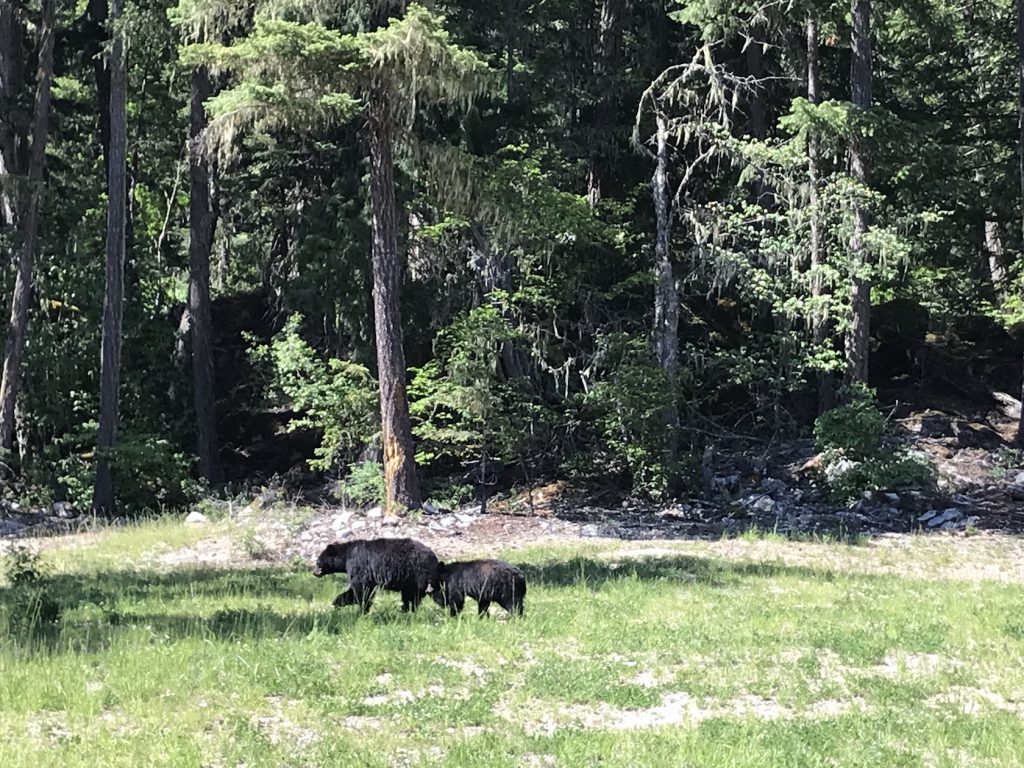
Being in awe of nature reminds us we are part of something bigger. 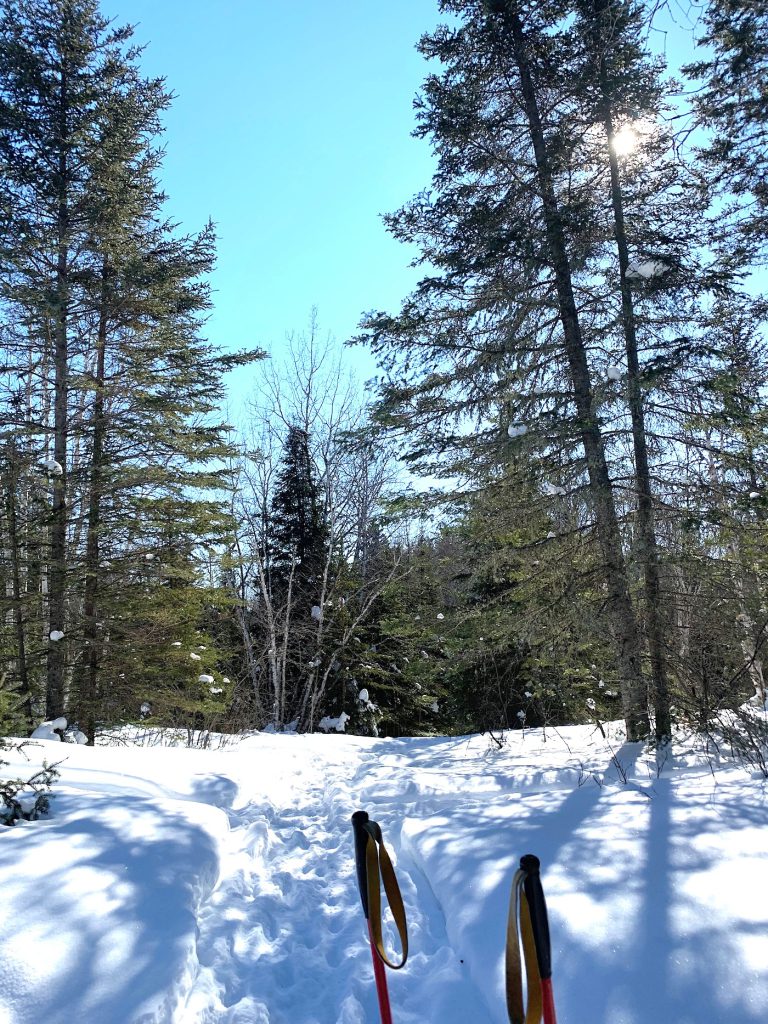
Another winter walk! 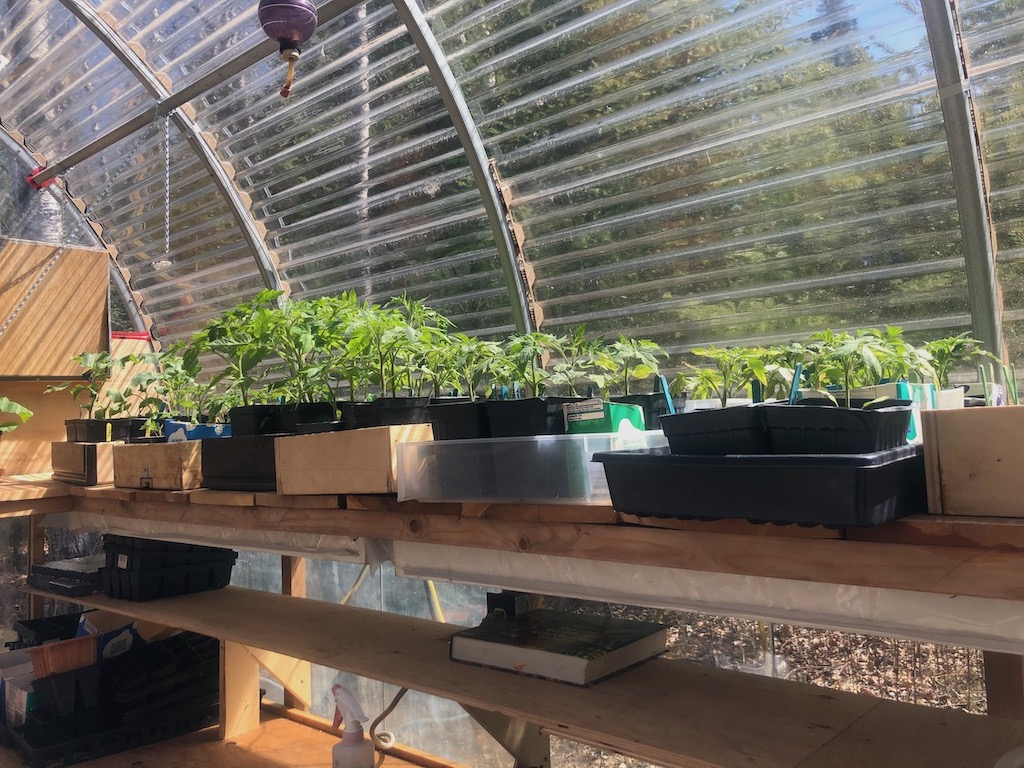
Seedlings are food for the soul. 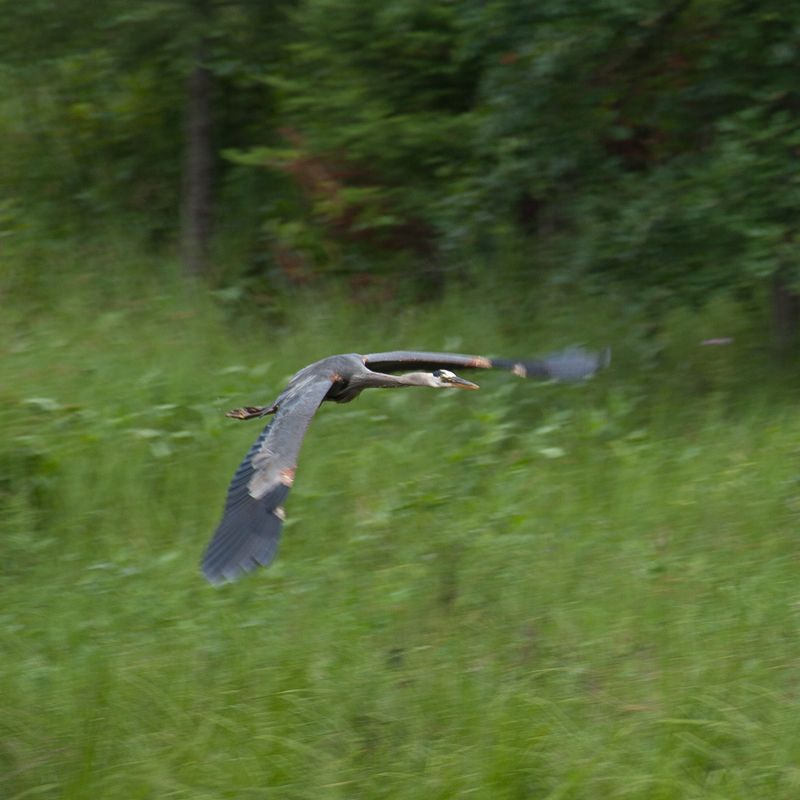
Look up and you might be surprised! 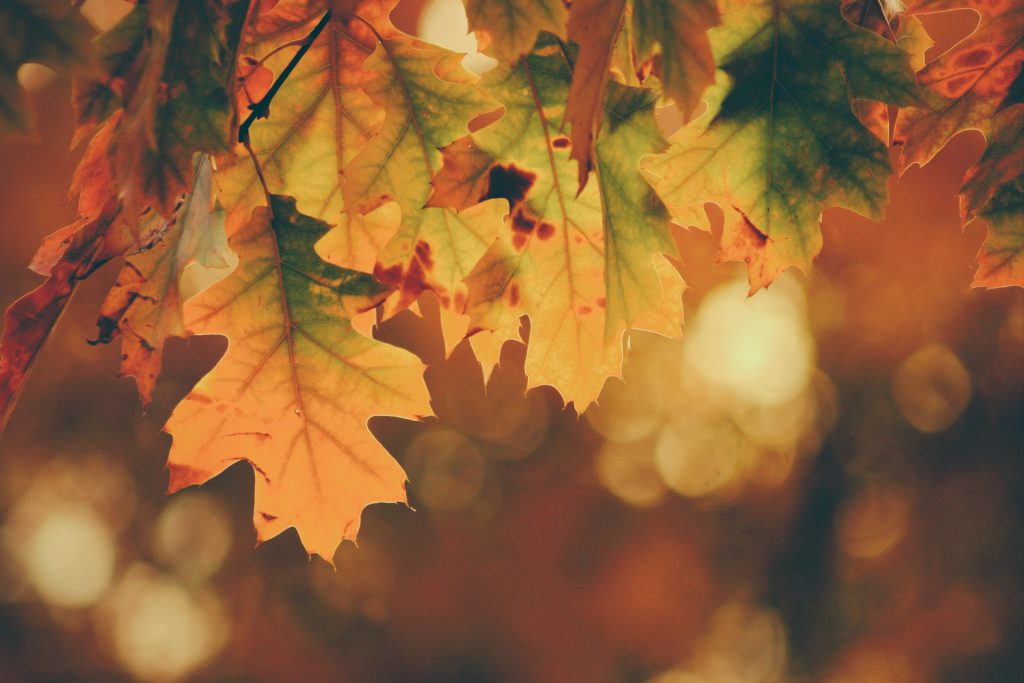
Nature has gifts in every season. 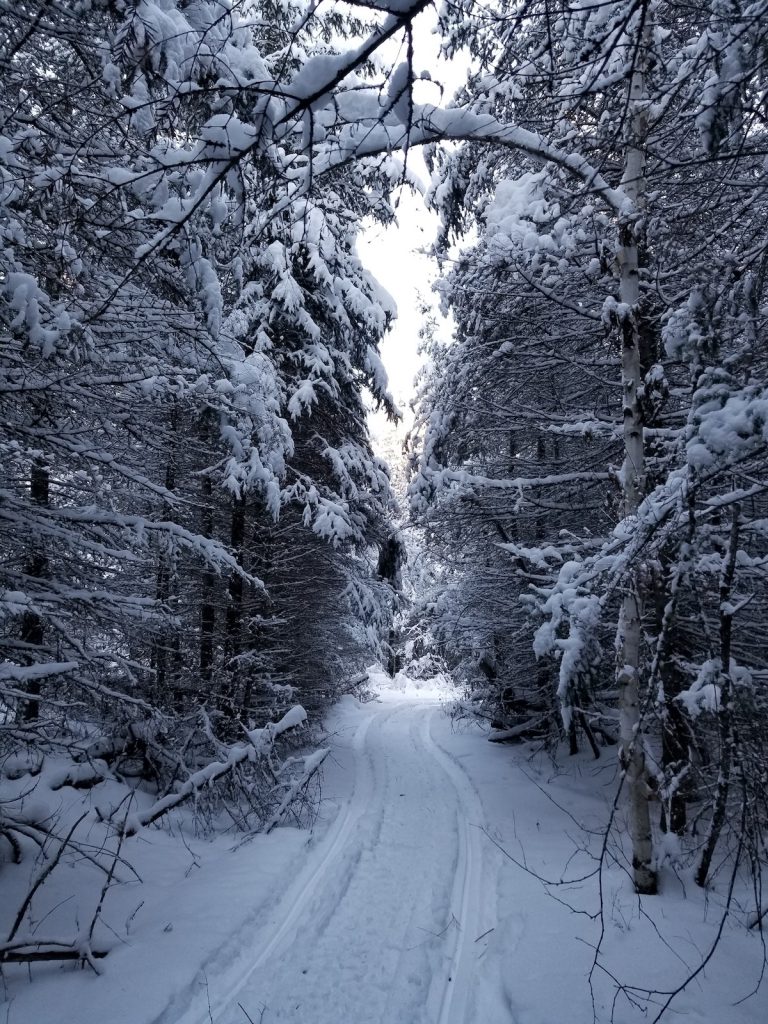
Explore all the seasons. 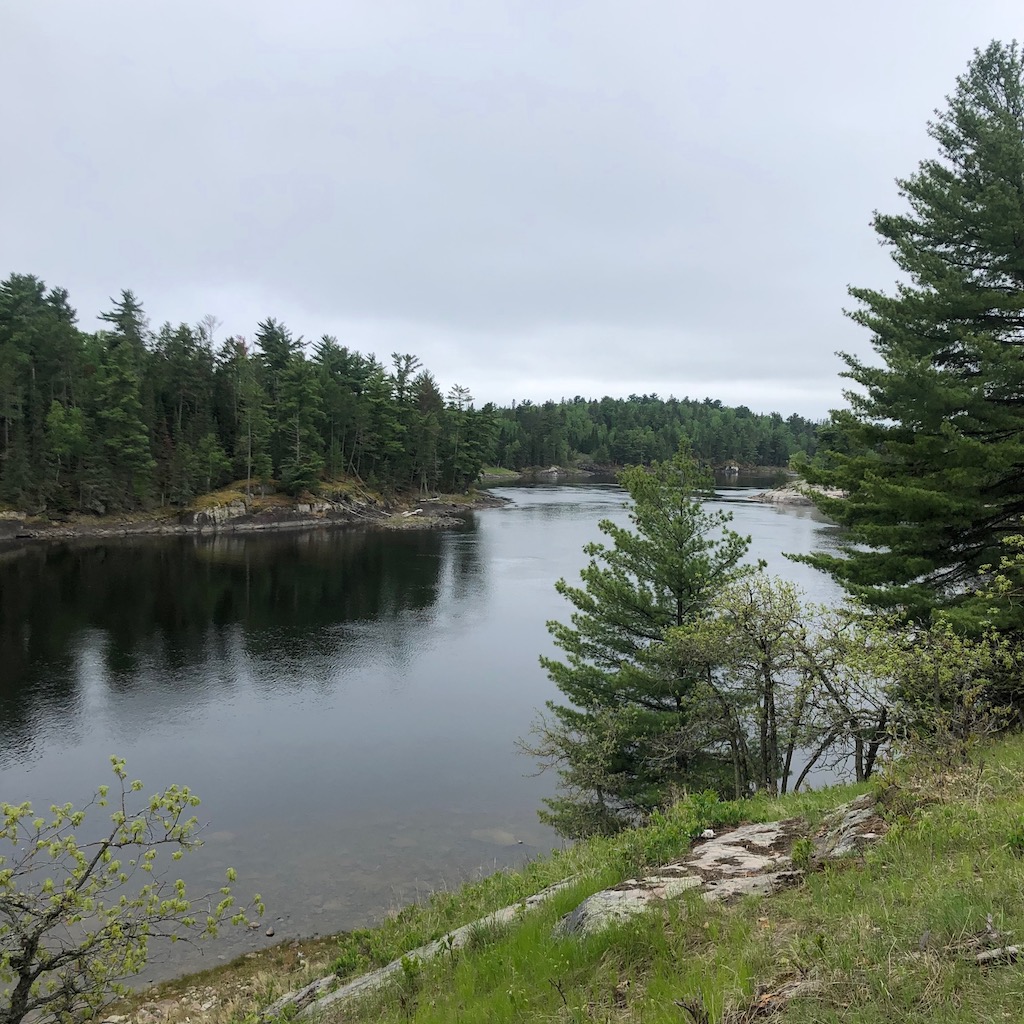
Spring arrives no matter what!
So perhaps I’m getting all weird and ethereal but I’m going to do my best to shake away the darkness and weight of this never-ending winter and embrace that it’s just another example of how nature endures—and how we humans endure as well.
We can withstand this and with every budding plant and patch of green appearing in our lawns and around us, hope emerges too.
It’s renewal, like spring. And it’s everything.
Become a pollinator pal
Tips below credited to mindful.org, Farmer’s Almanac and David Suzuki Foundation.
Beauty of bees
In many parts of the world bees and other pollinators, such as butterflies, are in decline due to a multitude of complex issues including modern agricultural techniques, expanding towns and cities, and the loss of natural habitat.
This is a crisis we should all care about because bees pollinate the plants that produce much of the food we eat. They also pollinate the wildflowers that feed the insects that fuel the food chain.
Planting flowers rich in pollen and nectar are a great way to do what we can to support our bee populations. The Farmer’s Almanac states, “This usually means choosing single flowers over double flowers. Providing a wide range of flowers in your garden, including many trees and shrubs, will provide a bigger banquet for your bees.”
The David Suzuki Foundation emphasizes the importance of planting native plants. They say, “Some native bees can only feed on pollen from specific groups of native plants. They’re great garden choices, because they’re adapted to local soil and weather conditions.”
The Farmer’s Almanac advises, “plants that bloom early in the year offer food for bees emerging from hibernation.” They suggest the following plants, but again see which are native to your region—willows, hawthorn, the blossom of fruit trees such as apples, cherries and plums, and plants such as crocus and aubretia. Excellent summer bloomers include clover, calendula, borage, and poached egg plant. Late-season flowers include aster, echinacea and common ivy.”
Read more at gardenplanner.almanac.com/guides/plan-a-beefriendly-garden and https://davidsuzuki.org/queen-of-green/how-to-grow-a-wild-bee-sanctuary/
Plants that attract butterflies
Read more at almanac.com/plants-attract-butterflies
| Common Name | Latin Name |
| Allium | Allium |
| Aromatic Aster | Symphyotrichum oblongifolium |
| Bee balm | Monarda |
| Black Cherry | Prunus serotina |
| Blue Wild Indigo | Baptisia australis |
| Blueberry bushes |
Vaccinium corymbosum, Vaccomoium angustifolium |
| Buttonbush | Cephalanthus occidentalis |
| Butterfly bush* | Buddleia |
| Catmint | Nepeta |
| Clove Pink | Dianthus |
| Cornflower | Centaurea |
| Daylily | Hemerocallis |
| Dill | Anethum |
| False indigo | Baptisia |
| Fleabane | Erigeron |
| Floss flower | Ageratum |
| Globe thistle | Echinops |
| Goldenrod | Solidago |
| Grey Dogwood | Cornus racemosa |
| Helen’s flower | Helenium |
| Hollyhock | Alcea |
| Hoptree | Ptelea trifoliata |
| Joe-Pye weeds |
Eupatoriadelphus fistulosus, Eupatoriadelphus maculates, Eupatorium purpureum |
| Lavender | Lavendula |
| Lilac | Syringa |
| Lupine | Lupinus |
| Lychnis | Lychnis |
| Mallow | Malva |
| Milkweed | Asclepias tuberosa |
| Mint | Mentha |
| New York Ironweed | Vernonia noveboracensis |
| Ninebark | Physocarpus opulifolius |
| Northern Spicebush | Lindera benzoin |
| Pansy | Viola |
| Phlox | Phlox |
| Pipevine | Aristolochia macrophylla |
| Privet | Ligustrum |
| Purple coneflower | Echinacea |
| Rock cress | Arabis |
| Sage | Salvia |
| Sea holly | Eryngium |
| Senna, American | Senna hebacarpa |
| Senna, Maryland | Senna marilandica |
| Shasta daisy | Chrysanthemum sp. |
| Snapdragon | Antirrhinum |
| Stonecrop | Sedum |
| Sweet alyssum | Lobularia |
| Sweet rocket | Hesperis |
| Tickseed | Coreopsis |
| Tuliptree | Liriodendron tulipifera |
| Trumpet Vine | Campsis radicans |
| Zinnia | Zinnia |
Plants that attract hummingbirds
Read more at almanac.com/plants-attract-hummingbirds
| Common Name | Latin Name |
| Beard tongue | Penstemon |
| Bee balm | Monarda |
| Butterfly bush | Buddleia |
| Catmint | Nepeta |
| Clove pink | Dianthus |
| Columbine | Aquilegia |
| Coral bells | Heuchera |
| Daylily | Hemerocallis |
| Larkspur | Delphinium |
| Desert candle | Yucca |
| Iris | Iris |
| Flowering tobacco | Nicotiana alata |
| Foxglove | Digitalis |
| Lily | Lilium |
| Lupine | Lupinus |
| Pentas | Pentas |
| Petunia | Petunia |
| Pincushion flower | Scabiosa |
| Red-hot poker | Kniphofia |
| Scarlet sage | Salvia splendens |
| Scarlet trumpet honeysuckle | Lonicera sempervirens |
| Soapwort | Saponaria |
| Summer phlox | Phlox paniculata |
| Verbena | Verbena |
| Weigela | Weigela |
A poem about spring
Repeated from my March 2022 post
Spring how can we trust you?
The melt is coming fast,
what will flow
from the depths of snow and ice
as the new season unfolds?
Green is still unimaginable
even for the most devoted dreamers.
Are we ready to navigate
another season of unknown waters?
There will be a lot of it, water that is
drought forgotten
as we anticipate the flood
that will push against
our welcoming embrace.
Birch, aspen, poplar, balsam, spruce
spread their roots lovingly
in the rich deep earth,
they finally have
enough to drink.
The grey jays have been here
through it all
this long winter of isolation
the arriving tepidness
a gentle rub
against their puffed up defence,
they can relax, they made it.
So too the wolves, but they are anxious
know when the river ice melts
they will need to pick a side
the shoreline that is, north or south,
decisions, decisions,
six of them wander by mid-morning
a reminder that nature takes its own course.
So yes, there are worries
even as spring finds its way
at last, can we trust it
the sun warming faces
lifted to its gentle promise.
Is that too cliché?
Sorry, that’s all there is
no other words
just radiance
landing on closed eyelids,
hope emerging
like withheld tears.
Spring, it is everything.
